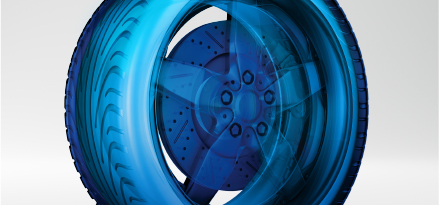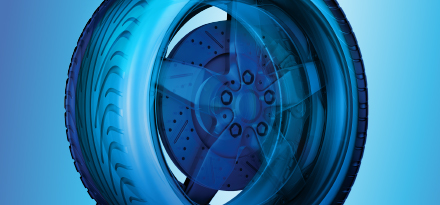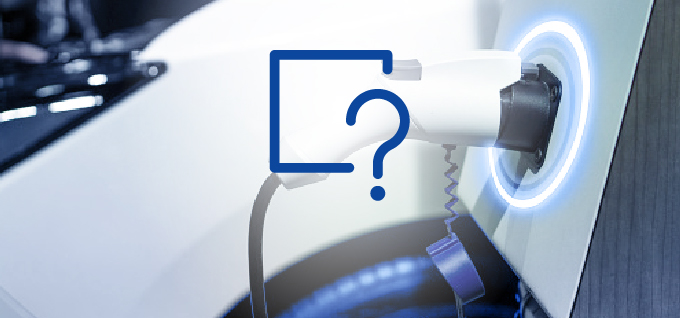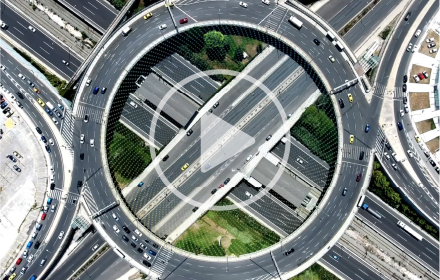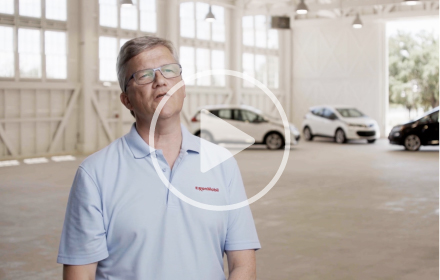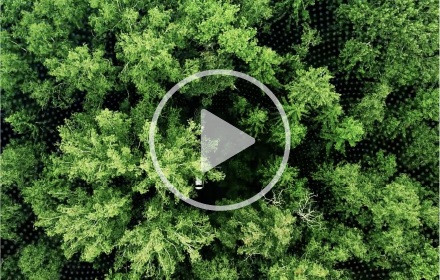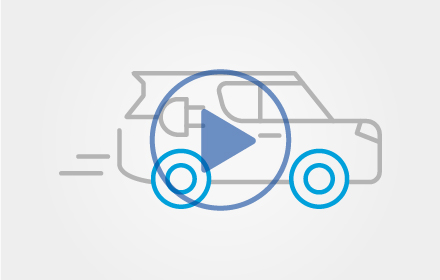Global Regions
Region Details
- Europe region
- Belgium
- Cyprus
- Czech Republic
- European Union
- Finland
- France
- Germany
- Hungary
- Ireland
- Italy
- Kazakhstan
- Luxembourg
- Norway
- Poland
- The Netherlands
- Turkey
- United Kingdom
Site Details
EXXONMOBIL
MOBIL
EXXONMOBIL
EXXONMOBIL
ExxonMobil
EXXONMOBIL
EXXONMOBIL CHEMICAL
EXXON
XTO
PROXXIMA
EXXONMOBIL
EXXONMOBIL
ESSO
ExxonMobil
EXXONMOBIL
EXXONMOBIL
EXXONMOBIL
MOBIL
EXXON MOBIL
EXXONMOBIL
EXXONMOBIL
EXXONMOBIL
MOBIL
MOBIL
EXXONMOBIL
EXXONMOBIL
EXXONMOBIL
EXXONMOBIL
EXXONMOBIL
EXXONMOBIL
EXXONMOBIL
EXXONMOBIL
ExxonMobil Asia Pacific region
EXXONMOBIL
EXXONMOBIL
EXXONMOBIL CHEMICAL
MOBIL
EXXONMOBIL
EXXONMOBIL
EXXONMOBIL
MOBIL
EXXONMOBIL
MOBIL
EXXONMOBIL
MOBIL
MOBIL
MOBIL
EXXONMOBIL
MOBIL
EXXONMOBIL
Desktop Global Link
EXXONMOBIL
MOBIL
EXXONMOBIL
EXXONMOBIL
ExxonMobil
EXXONMOBIL
EXXONMOBIL CHEMICAL
EXXON
XTO
PROXXIMA
- Europe region
- Belgium
- Cyprus
- Czech Republic
- European Union
- Finland
- France
- Germany
- Hungary
- Ireland
- Italy
- Kazakhstan
- Luxembourg
- Norway
- Poland
- The Netherlands
- Turkey
- United Kingdom
EXXONMOBIL
EXXONMOBIL
ESSO
ExxonMobil
EXXONMOBIL
EXXONMOBIL
EXXONMOBIL
MOBIL
EXXON MOBIL
EXXONMOBIL
EXXONMOBIL
MOBIL
EXXONMOBIL
EXXONMOBIL
- Middle East North Africa and Sub Saharan Africa region
- Angola
- Egypt
- Mozambique
- Nigeria
- Qatar
- United Arab Emirates
EXXONMOBIL
EXXONMOBIL
EXXONMOBIL
EXXONMOBIL
EXXONMOBIL
EXXONMOBIL
- Asia Pacific region
- Australia
- Chinese mainland
- Guam Sub-Cluster
- Hong Kong
- India
- Indonesia
- Malaysia
- New Zealand
- Papua New Guinea
- Saipan
- Singapore
- South Korea
- Taiwan
- Thailand
- Vietnam
ExxonMobil Asia Pacific region
EXXONMOBIL
EXXONMOBIL
EXXONMOBIL CHEMICAL
MOBIL
EXXONMOBIL
EXXONMOBIL
EXXONMOBIL
MOBIL
EXXONMOBIL
MOBIL
MOBIL
MOBIL
EXXONMOBIL
MOBIL
EXXONMOBIL









